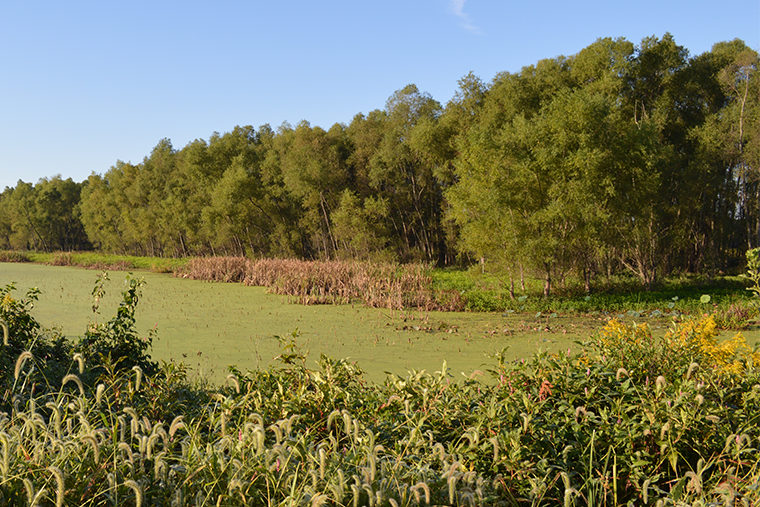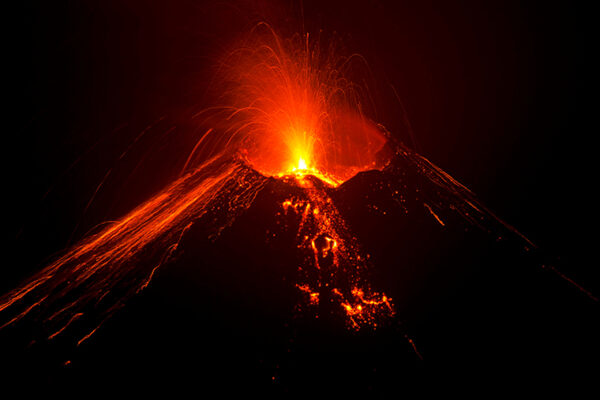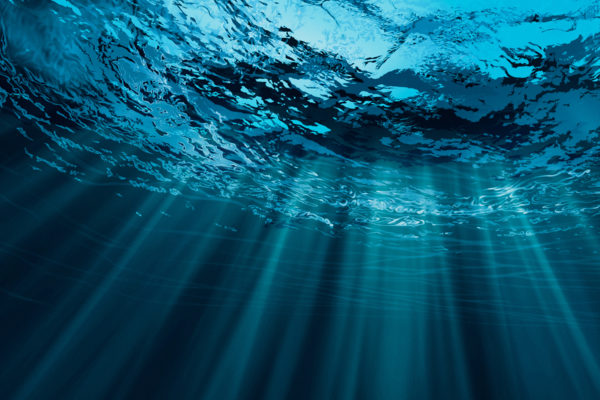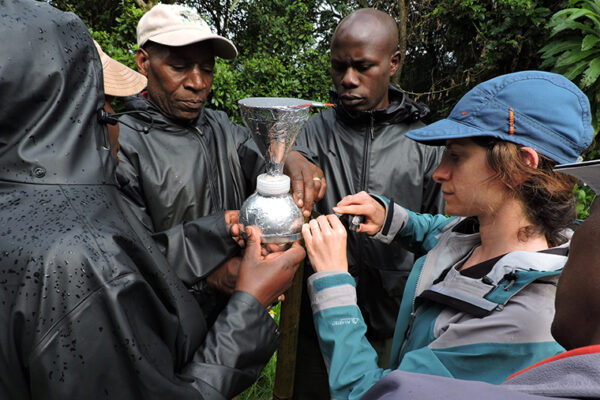The wind in the willows might be the sound of the wetlands breathing.
Respiring bacteria at the water’s edge create greenhouse gasses like methane and nitrous oxide. Scientists from cross disciplines at Washington University in St. Louis are investigating how the abundance of heavy metals in natural wetlands affects how much of these gasses are produced in aquatic systems.

“Many complex factors control how wetlands affect the atmosphere,” said Jeffrey G. Catalano, professor of earth & planetary sciences in Arts & Sciences, who is directing the study of geochemistry and mineralogy of aquatic systems. “And in natural wetland and streambed soils at least, these biogeochemical processes are not well understood.”
Catalano and collaborator Daniel E. Giammar, the Walter E. Browne Professor of Environmental Engineering in the School of Engineering & Applied Science, have recently been awarded a $540,000 grant from the Department of Energy (DOE) Office of Biological & Environmental Research for their wetlands research.
Wetlands are biologically productive places, but they are sometimes fragile and can be disturbed by human activity. In the warming Arctic, for example, recent studies have drawn attention to how melting permafrost causes microbes to generate additional greenhouse gasses — potentially opening up a feedback loop that leads to greater warming.
In St. Louis — a region that owes much of its history to its location at a confluence of the Missouri and the Mississippi rivers — the local area is laced with waterways large and small.
Catalano and Giammar will conduct some of their field work at a nearby Missouri conservation area as well as at wetlands and streams near Argonne National Laboratory in Illinois; the Oak Ridge National Laboratory in Tennessee; and the Savannah River National Laboratory in South Carolina.
Studies with isolated microorganisms in laboratories have demonstrated that when heavy metal abundance is low, key biological pathways associated with microbial carbon and nitrogen cycling are inhibited.
But there have been few studies of such metal limitations in nature.
“We’ve seen the effects in laboratory studies, but what we want to know now is, how does it happen in real aquatic systems?” Catalano said.
Previously, under an exploratory project also funded by the DOE, Catalano and his research team showed that adding the heavy metal nickel to sulfur-rich freshwater wetland soil increased methane production by a factor of 10.
Under the new project, the researchers will determine the natural seasonal and spatial dynamics of heavy metal micronutrient abundance in river and marsh wetland soils. They also will evaluate how adding metals to the soils alters methanogenesis (biological methane formation) and other key nutrient cycling activities.
What they learn may shine new light on how humans can accidentally alter how wetlands function.



